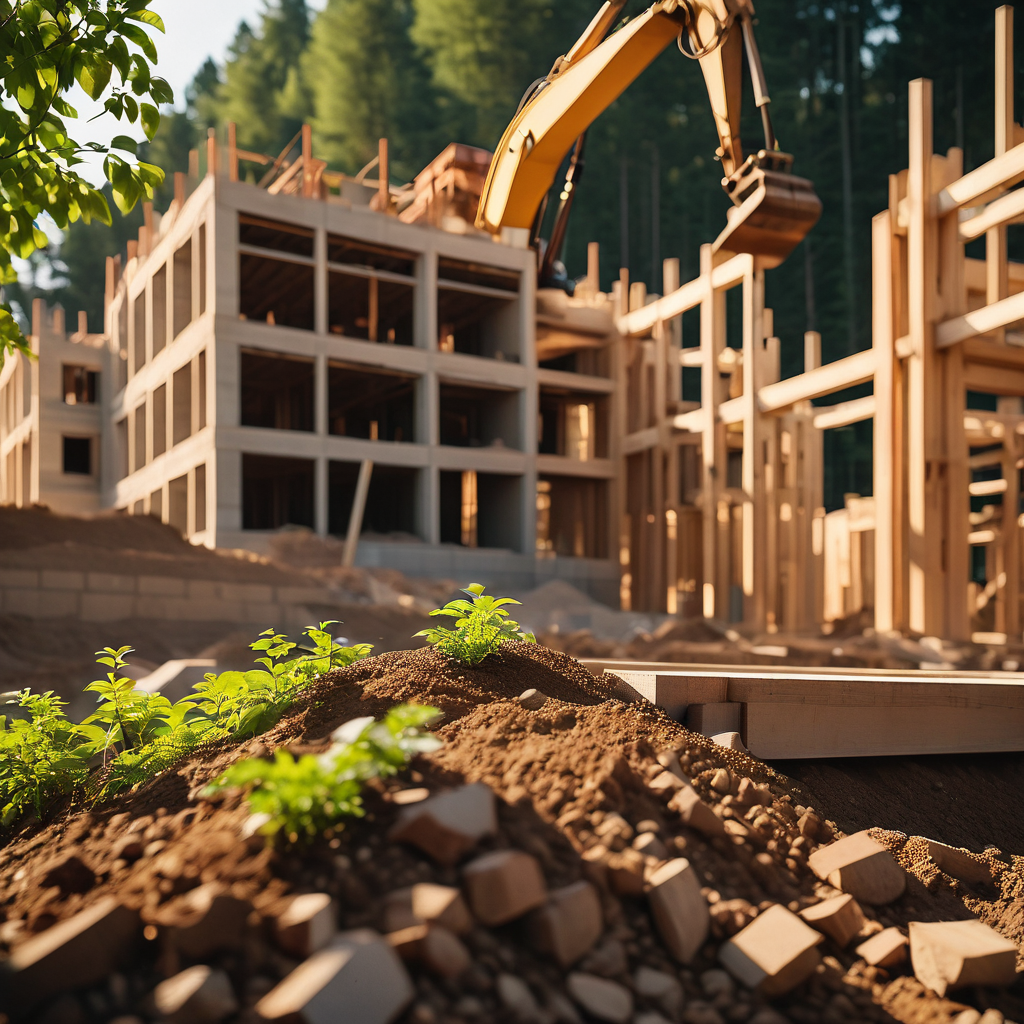
In an era where environmental sustainability is not just a choice but a necessity, the construction industry is undergoing a significant transformation. The spotlight is on environmentally safe building materials, heralding a new age of eco-conscious construction practices. These materials, characterized by their low environmental impact, renewability, and energy efficiency, are pivotal in reducing the carbon footprint of buildings and promoting a healthier planet.
The Rise of Green Materials
The surge in environmentally safe building materials is a response to the growing awareness of climate change and the urgent need to preserve natural resources. These materials are sourced, processed, and installed with the least possible damage to the environment, embodying the principles of sustainability and conservation.
Leading Environmentally Safe Building Materials
- Bamboo: Fast-growing and robust, bamboo stands out for its sustainability and strength, rivaling traditional hardwoods. Its rapid regrowth makes it a top renewable resource, ideal for flooring, paneling, and structural elements.
- Recycled Steel: Reusing steel reduces the need for new iron ore mining, significantly cutting CO2 emissions associated with production. Recycled steel is a staple in modern eco-friendly buildings, offering durability and versatility.
- Cork: Harvested from the bark of cork oak trees without harming the tree, cork is a renewable resource. It is celebrated for its thermal insulation properties, making it an excellent choice for flooring and wall coverings.
- Hempcrete: Made from the inner woody fibers of the hemp plant mixed with lime and water, hempcrete is a lightweight, biodegradable building material. It offers excellent insulation and is carbon-negative, absorbing more CO2 during its growth than is emitted during its production.
- Straw Bales: As an agricultural byproduct, straw is an abundantly available material. When used in construction, it provides exceptional insulation. Buildings made from straw bales are known for their energy efficiency and low environmental impact.
- Recycled Plastic: Turning plastic waste into building materials tackles the dual issues of waste management and resource conservation. Recycled plastic can be used to produce bricks, panels, and even roads, reducing landfill waste.
- Rammed Earth: This ancient technique uses natural raw materials such as earth, chalk, lime, or gravel. It’s known for its thermal mass, keeping buildings cool in summer and warm in winter, and its walls have a unique aesthetic appeal.
The Benefits Beyond the Environment
Adopting environmentally safe building materials offers benefits that extend beyond just preserving natural habitats and reducing pollution. These materials often result in healthier living environments, free from the harmful chemicals associated with traditional construction materials. Additionally, they can lead to energy savings and lower utility bills due to their natural insulating properties.
The Path Forward
The transition to environmentally safe building materials is not without challenges, including higher upfront costs and the need for skilled labor. However, the long-term environmental, economic, and health benefits far outweigh these initial hurdles. With increasing innovation and supportive policies, these materials are becoming more accessible and affordable, paving the way for a sustainable construction industry.
The movement towards using environmentally safe building materials is a testament to humanity’s ability to innovate and adapt in the face of environmental challenges. As we continue to build our homes, offices, and communities, let us choose materials that honor and protect the planet for future generations.
Cedar Hill St. Louis Jefferson County Olivette Kirkwood Ballwin Arnold Franklin County St Charles County Fenton High Ridge Dittmer Creve Coeur
